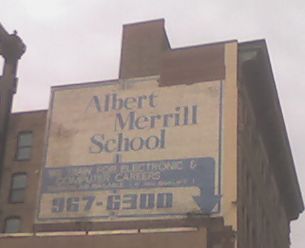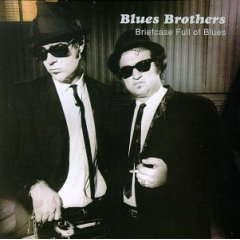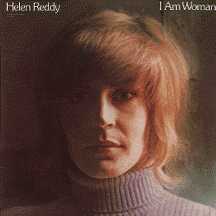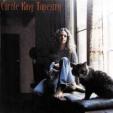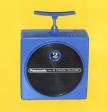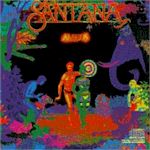Anita Bryant V. The Village People


This has to have been the ultimate late-Seventies Culture War. Which side were you on, Brothers and Sisters?
Formed here in NYC in 1977, the Village People were a classic disco act: all show and no substance. A talented bunch of singer/dancers who portrayed a variety of macho stereotypes (cowboy, sailor, cop, etc) TVP could be seen at two levels. To some they were one more wacky vocal group, while those who considered themselves in-the-know saw the boys as the ultimate self-conscious gay parody. Regardless, their records, including "Macho Man" and "YMCA," sold by the millions.
At the same time, in perhaps a parallel universe, lived Anita Bryant, a one-time runner-up to the Miss America title who had once been a successful pop singer, although by the time our great Morality Play unfolded she was largely reduced to singing jingles for the Florida Citrus Commission. Bryant's town of Miami had recently passed a law banning discrimination on the basis of sexual orientation, and boy was she mad! A heavy-duty fundie, Bryant not only considered homosexuality evil, but accused gays of 'recruiting.' Her group, Protect America's Children, led a successful bid to overturn the Miami law, and was soon active throughout the country, making her a popular, and very controversial, figure. She personified a growing conservative movement, concentrated in the South and Midwest.
Needless to say, the OJ Lady didn't particularly approve of the Village People. In fact, she said that the band was organized as a protest against her. (Most unlikely; it was either as a goof and/or for money). But it was their bit "In the Navy" that really got her steamed. Remember it?
In the Navy you can put your mind at easeBryant feared that the US Navy was actually going to use the tune as a recruiting song! (And this was in the days before "Don't ask; don't tell!") Finally, a top honcho in the Pentagon wrote her a letter to assure her that they wouldn't be doing such.
In the Navy you can sail the seven seas...
We want you; We want you; We want you for a new recruit!
Things got heated for a while. Bryant was ridiculed widely in the media, and once had a pie thrown in her face while at a press conference (her husband remarked "At least it was a fruit pie.") She got the backing of some wealthy conservative businessmen, who sponsored a television show for her, and a special counseling hotline for "saving" gays. As for the Village People, by the early 80s their novelty had worn off.
For Bryant, things took a nose dive when she announced her intention to divorce husband Bob Green, claiming abuse. The "Christian" businessmen who had backed her so loyally withdrew their support, and her movement collapsed. A few years later she remarried and tried re-establishing herself as an entertainer, only to end up having to file for bankruptcy.
As for the Miami/Dade County anti-discrimination law, it was re-instated in 1998.

